PPT-CARBOHYDRATES Introduction
Author : sophia | Published Date : 2024-02-09
Carbohydrates are the most abundant macromolecules in nature They are the main source and storage of energy in the body They serve also as structural component
Presentation Embed Code
Download Presentation
Download Presentation The PPT/PDF document "CARBOHYDRATES Introduction" is the property of its rightful owner. Permission is granted to download and print the materials on this website for personal, non-commercial use only, and to display it on your personal computer provided you do not modify the materials and that you retain all copyright notices contained in the materials. By downloading content from our website, you accept the terms of this agreement.
CARBOHYDRATES Introduction: Transcript
Download Rules Of Document
"CARBOHYDRATES Introduction"The content belongs to its owner. You may download and print it for personal use, without modification, and keep all copyright notices. By downloading, you agree to these terms.
Related Documents

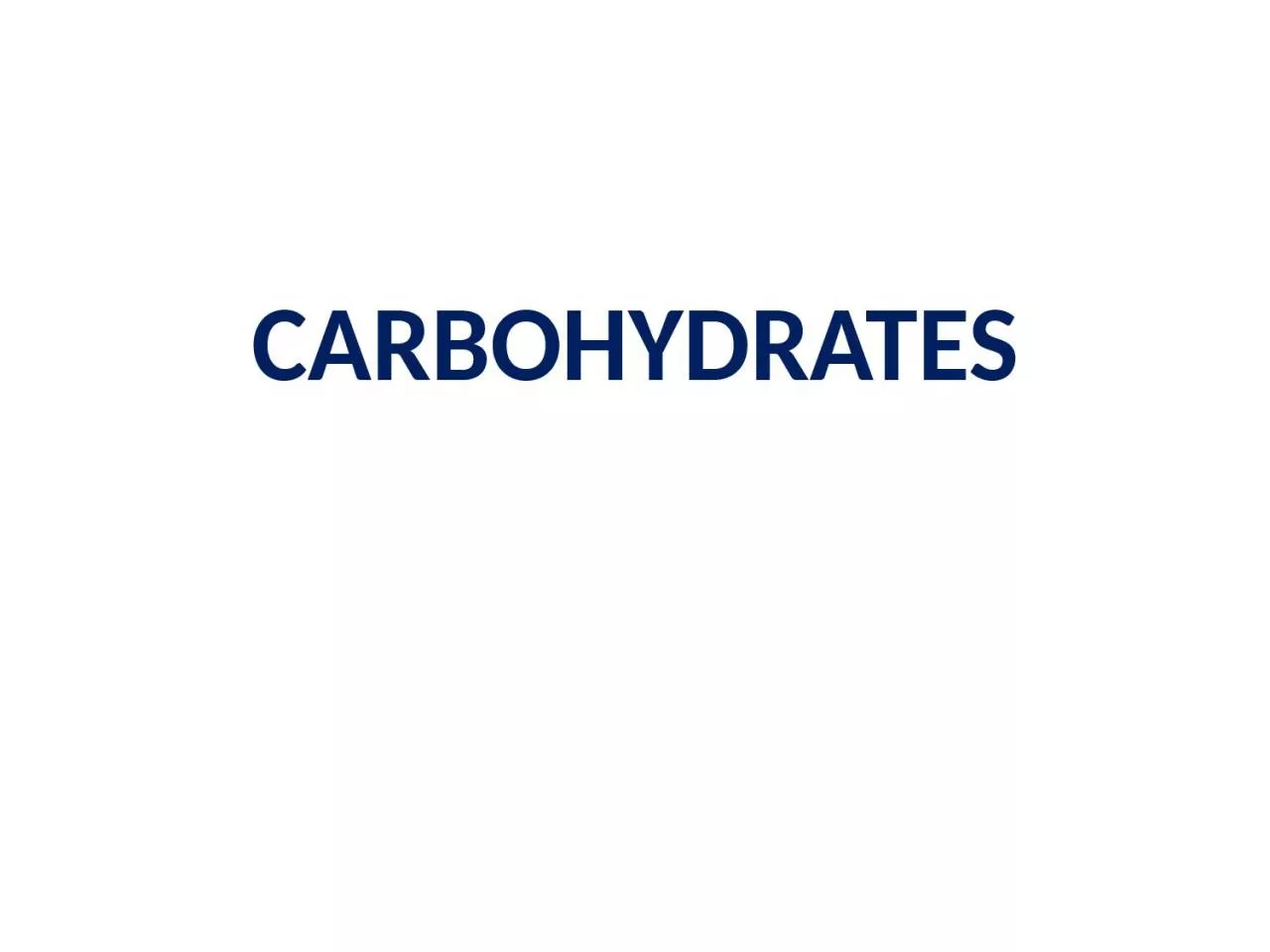
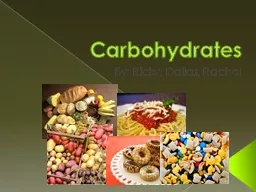
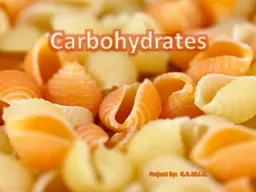
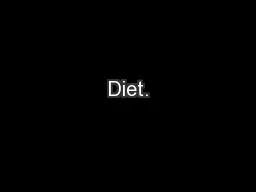
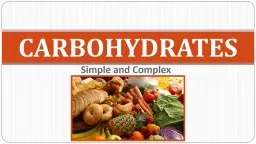
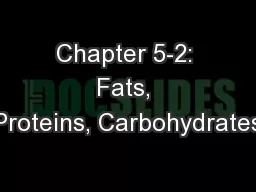
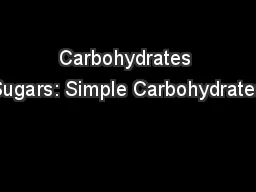
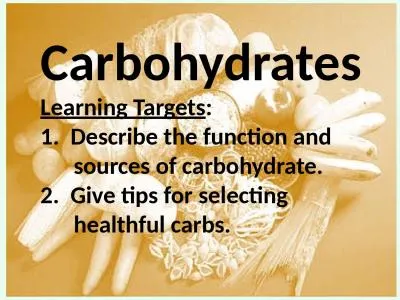
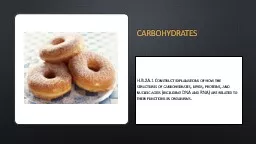
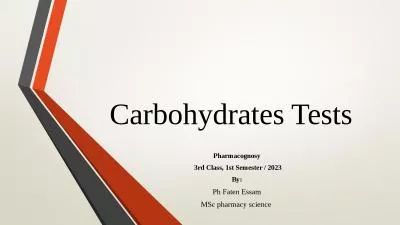
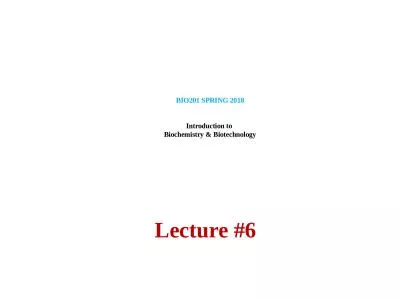

![CARBOHYDRATES 2_[B(1_4) lactose] Glucose +Glucose] 3_[@(1_2)Sucrose ] [Glucose Fructose]](https://thumbs.docslides.com/1044895/carbohydrates-2-b-1-4-lactose-glucose-glucose-3-1-2-sucrose-glucose-fructose-disacch.jpg)
